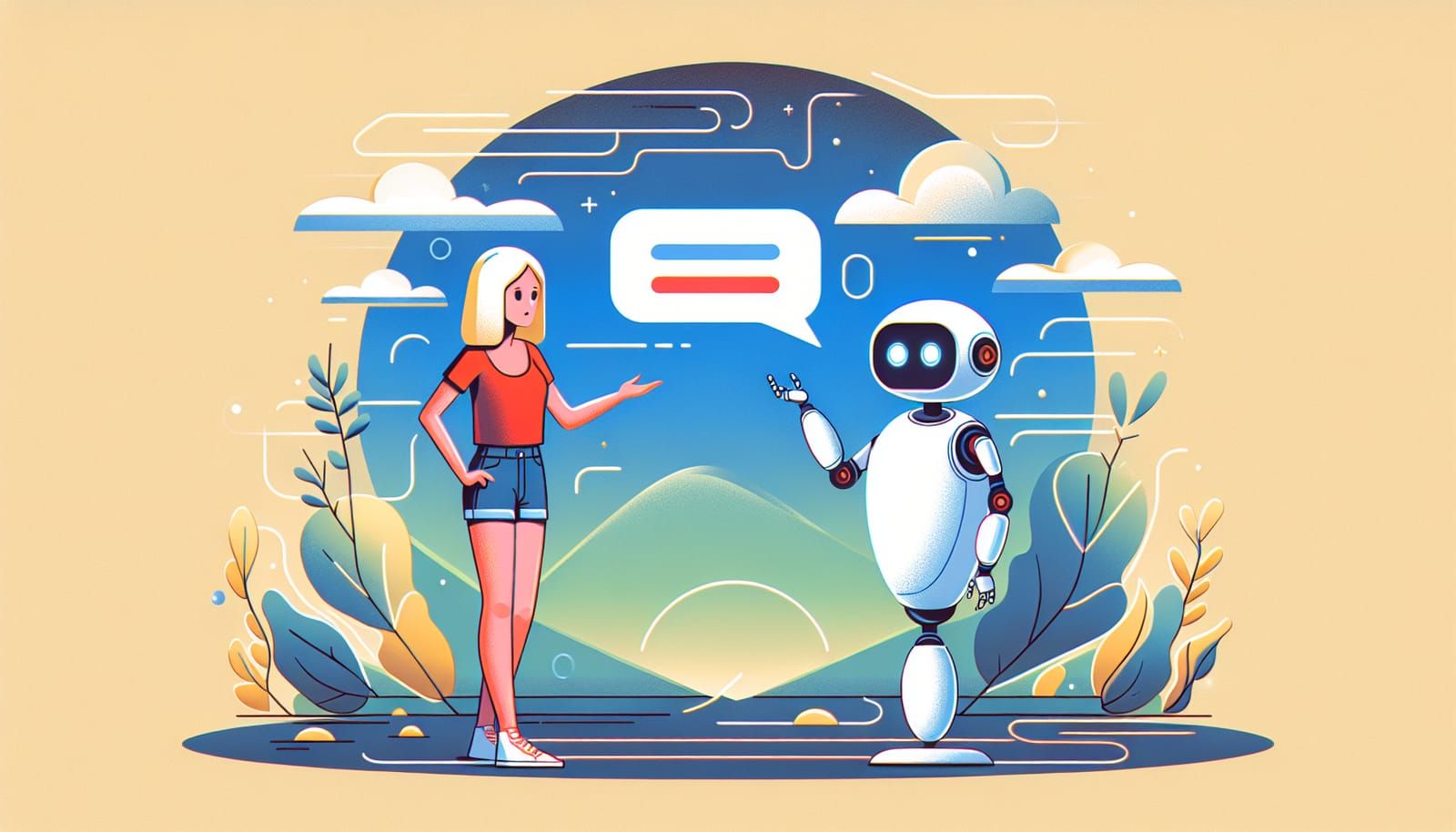In the age of technology, artificial intelligence (AI) is often hailed as the solution to many problems, including bias in hiring processes. The idea is appealing: machines don't have feelings or prejudices, so they should be able to assess candidates based solely on their qualifications. However, the myth of AI-driven objectivity in hiring is one that needs to be explored, understood, and debunked.
Understanding AI and Its Role in Hiring
AI is a remarkable technology that can analyze vast amounts of data, recognize patterns, and make predictions. It can be used in various fields, from healthcare to finance, and, yes, even in hiring. Companies often utilize AI systems to sift through resumes, predict candidate success, and streamline the recruitment process. The allure of using AI lies in its potential for efficiency and consistency.
However, it’s essential to remember that AI systems are not inherently objective. They are programmed by humans and trained on existing data. This means that if the data used to train the AI contains biases, those biases can be reflected in the AI's decisions.
The Bias in the Data
One of the main reasons AI can perpetuate bias is the data it learns from. If AI is trained on historical hiring data that reflects biased decisions—such as favoring certain demographics over others—it will likely continue to make similar biased decisions. For example, if a company historically hired more male candidates, the AI may learn to prioritize applications from male candidates over equally qualified female candidates.
This phenomenon isn't limited to gender bias; it can extend to race, age, education, and other factors. The reality is that AI systems can inadvertently reinforce existing inequalities in the job market rather than eliminate them.
The Role of Human Oversight
While AI can assist in the hiring process, it should never replace human judgment altogether. Humans bring empathy, intuition, and understanding that machines cannot replicate. A hiring manager can consider the nuances of a candidate's experience, personality, and potential cultural fit—factors that an AI may overlook.
In fact, many successful companies are now adopting a hybrid approach, blending AI tools with human oversight. This combination allows for the efficiency of AI while ensuring that the final hiring decisions are made with a human touch, ultimately leading to more equitable outcomes.
The Importance of Diverse Data
To combat the biases that can arise from AI, companies must ensure that they use diverse and representative data to train their systems. This involves not only looking at the demographics of past hires but also considering a wide range of candidate experiences and backgrounds.
By using a diverse dataset, AI can learn to recognize and value a variety of qualifications and traits. This helps to create a more equitable hiring process that truly reflects the unique contributions of all candidates. Companies can also partner with organizations that specialize in diversity and inclusion to better understand how to create fair AI models.
Transparency in AI Systems
Another crucial aspect of addressing the myth of AI-driven objectivity is transparency. Many AI systems are complex and operate as "black boxes," meaning their decision-making processes are not easily understood. This lack of transparency can lead to distrust among candidates and employees, especially if they feel that the system is unfairly biased.
To combat this, organizations should strive for transparency in how AI systems are developed and used. They should provide clear explanations of how decisions are made, what data is being used, and how candidates can seek feedback or challenge decisions. Transparency fosters trust and encourages a more inclusive workplace culture.
Building an Inclusive Hiring Culture
Ultimately, the responsibility for creating an inclusive hiring culture lies with the organization itself. While AI can be a powerful tool, it is just that—a tool. It’s up to humans to wield it responsibly and ethically.
Organizations should prioritize diversity and inclusion in their hiring practices, not just as a checkbox to tick off, but as a core value. Training staff on unconscious bias, establishing diverse hiring panels, and actively seeking diverse candidate pools are just a few ways to create a more welcoming environment for all applicants.
The Future of AI in Hiring
As technology continues to evolve, so too will the role of AI in hiring. While the potential for AI to enhance recruitment processes is immense, we must remain vigilant about the risks and challenges. By fostering a culture of awareness, transparency, and responsibility, we can harness the benefits of AI while minimizing its pitfalls.
The future is bright, and with the right approach, AI can become a valuable partner in building diverse and equitable workplaces. It’s not about eliminating humans from the equation but about enhancing their capabilities and making informed decisions together.
Conclusion: Myth-Busting for a Better Tomorrow
The myth of AI-driven objectivity in hiring serves as a reminder that technology is not a panacea. While AI has the potential to improve many aspects of the hiring process, it is crucial to recognize its limitations and the biases that can be embedded within it.
By understanding the complexities of AI and actively working to create a fair and inclusive hiring environment, we can ensure that future generations of job seekers have equal opportunities.
As we move forward, let’s embrace the exciting world of AI while keeping our humanity at the forefront of decision-making—because when it comes to hiring, people matter most.
Together, let’s build a future where technology and empathy work hand in hand.


